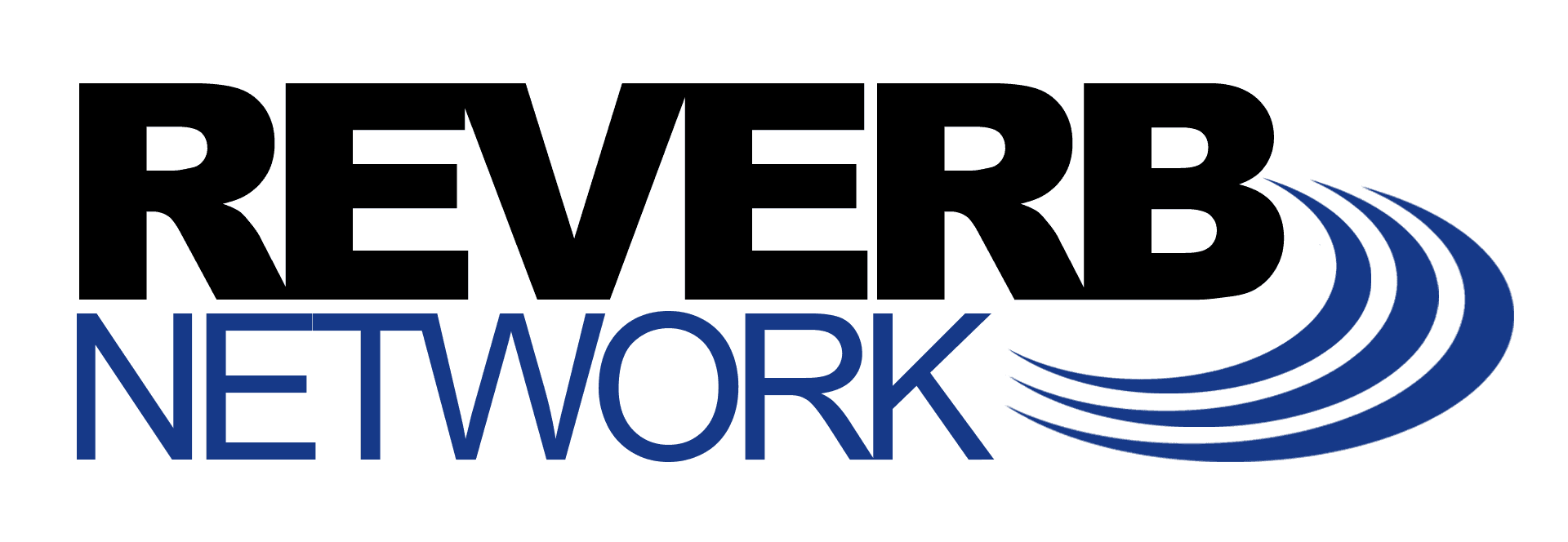Leadership Framework for Teams
In the Serving Leadership Journey, developing effective teams always begins with self-leadership followed by building trusting relationships. Becoming a leader worth following sets you up to be trusted. Building one-on-one relationships provide you with the opportunity to form a united team comprised of diverse individuals. And finally, organizational effectiveness is achieved on the foundation of solid teams working together on a common mission.
At the Reverb Network, our leadership framework is based on the three pillars of BE
, KNOW
, and DO
, supported by key D
isciplines.
At the BEING
level, team leaders learn to value “we” over “me.” If the task is doable by one person there’s no need for a team. Either pride or humility is evident: “I can do this alone” (me/pride) or “I need others (we/humility) to help me accomplish a vision bigger than me.”
At the KNOWING
level, a team leader develops a plan that matches specific needs with solutions. The question we need to ask ourselves is simple: “Am I
concerned primarily with my
preferred plan or are we
about achieving our
God-ordained mission?”
At the DOING
level, a team leader implements the plan by creating an environment where synergy can occur. People share ideas which lead to more ideas which lead to more solutions than if everyone worked alone on a problem. In other words, multiplication (1+1=3 or more) results rather than simple addition (1+1=2). This can only occur in a culture of open and honest dialogue and debate.
With regard to DISCIPLINES
, team leaders shepherd their team toward greater growth and fruitfulness. John 15:8 states: “This is to my Father’s glory, that you bear much fruit, showing yourselves to be my disciples.”
[Next week’s post will examine a number of Scriptures regarding teams and teamwork.]














